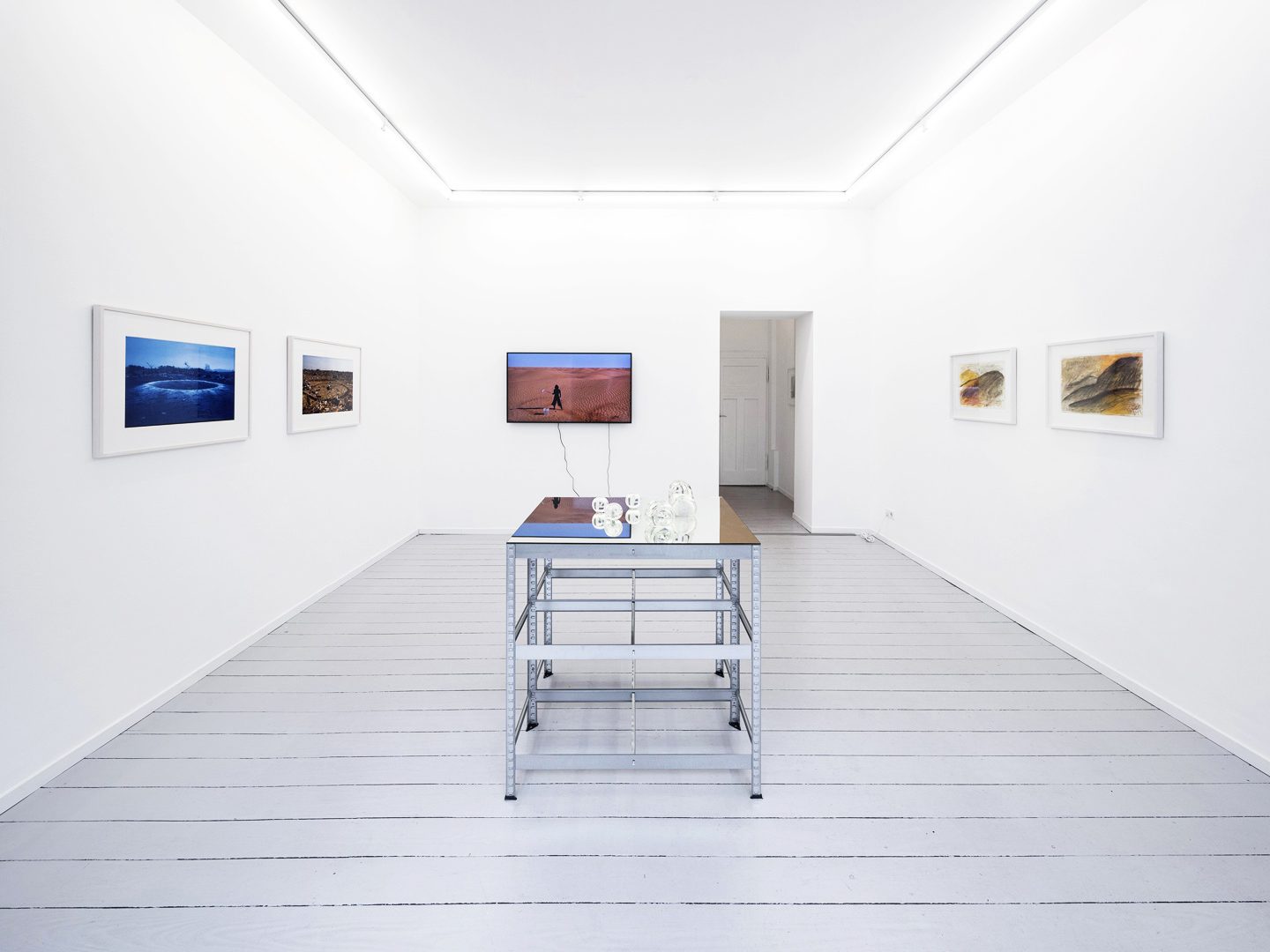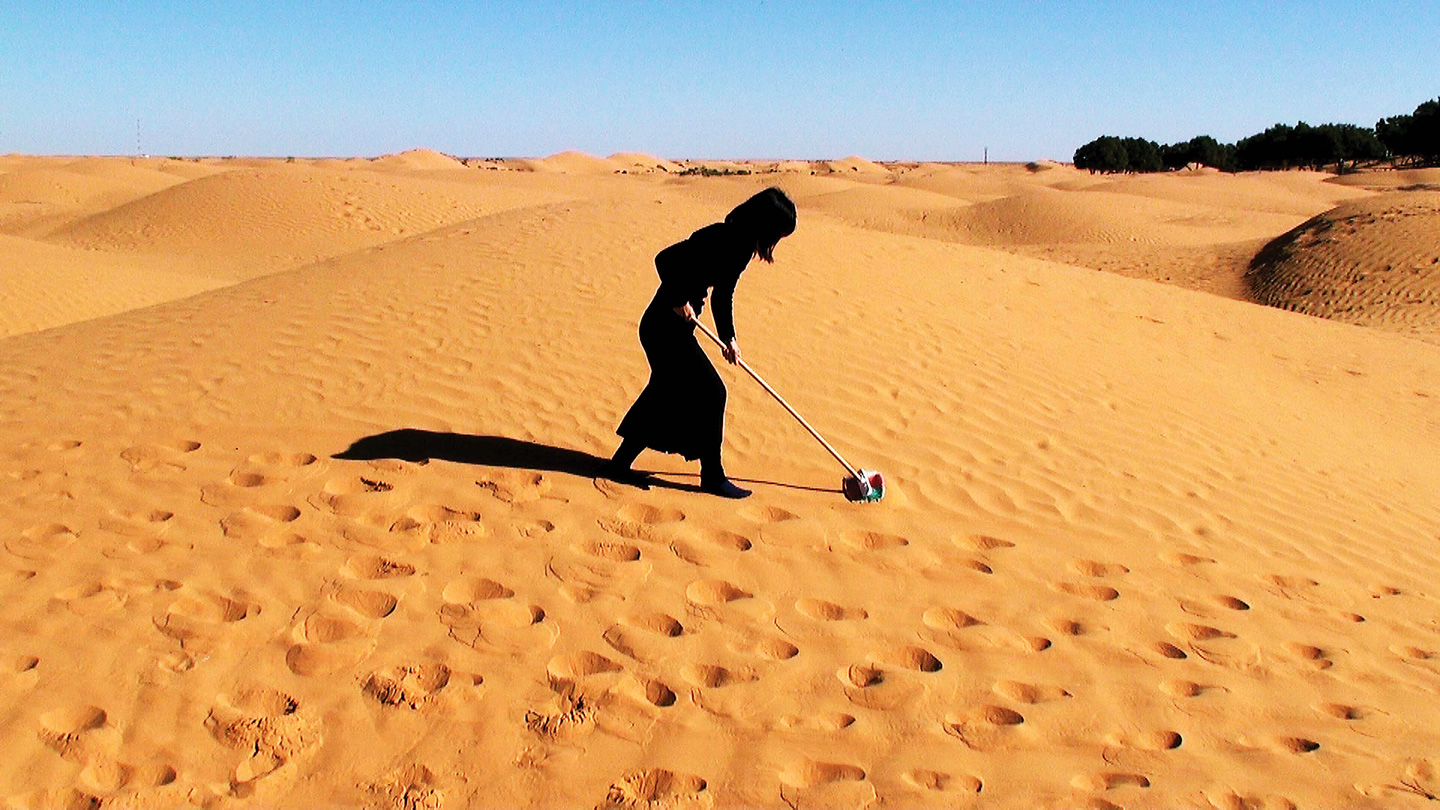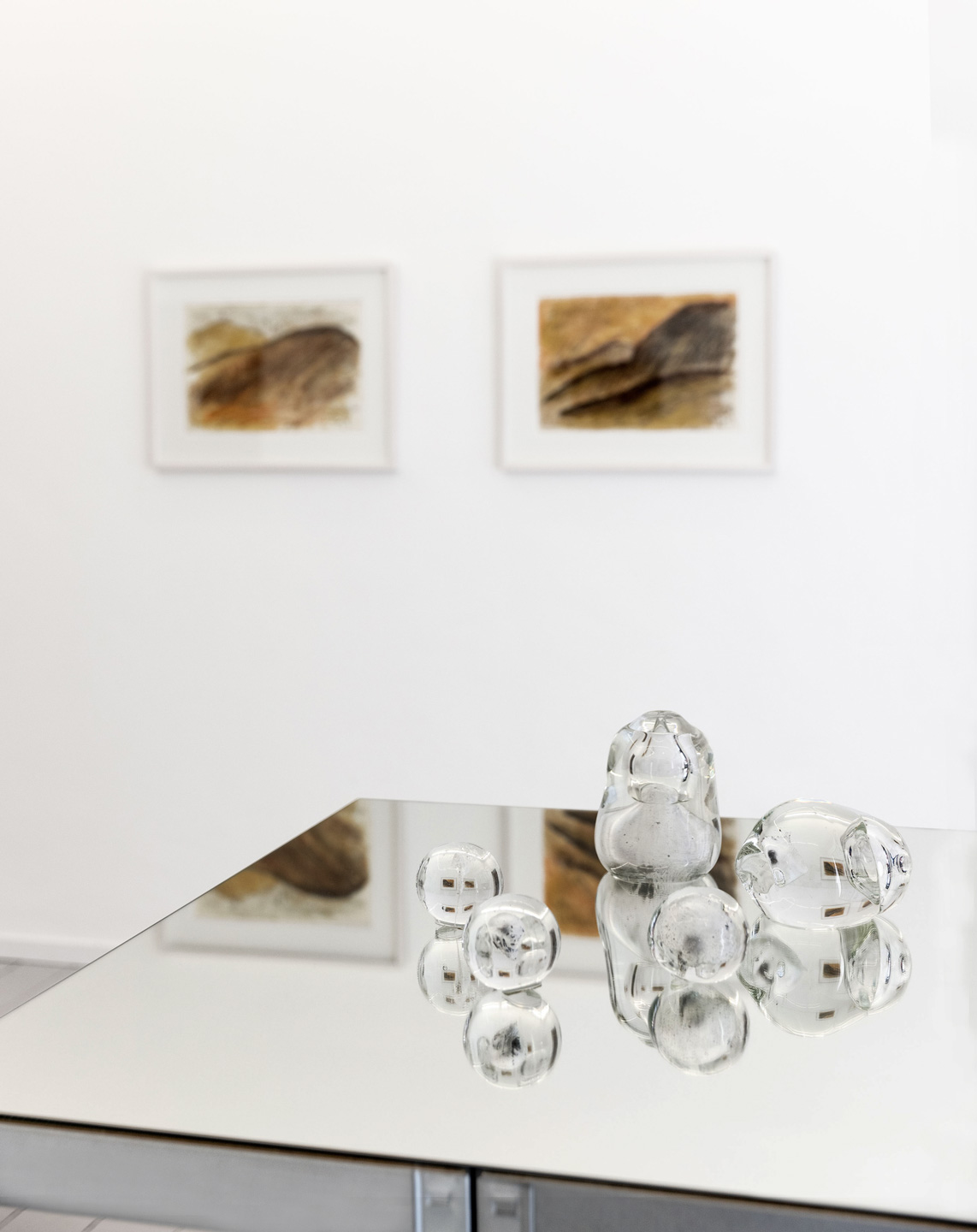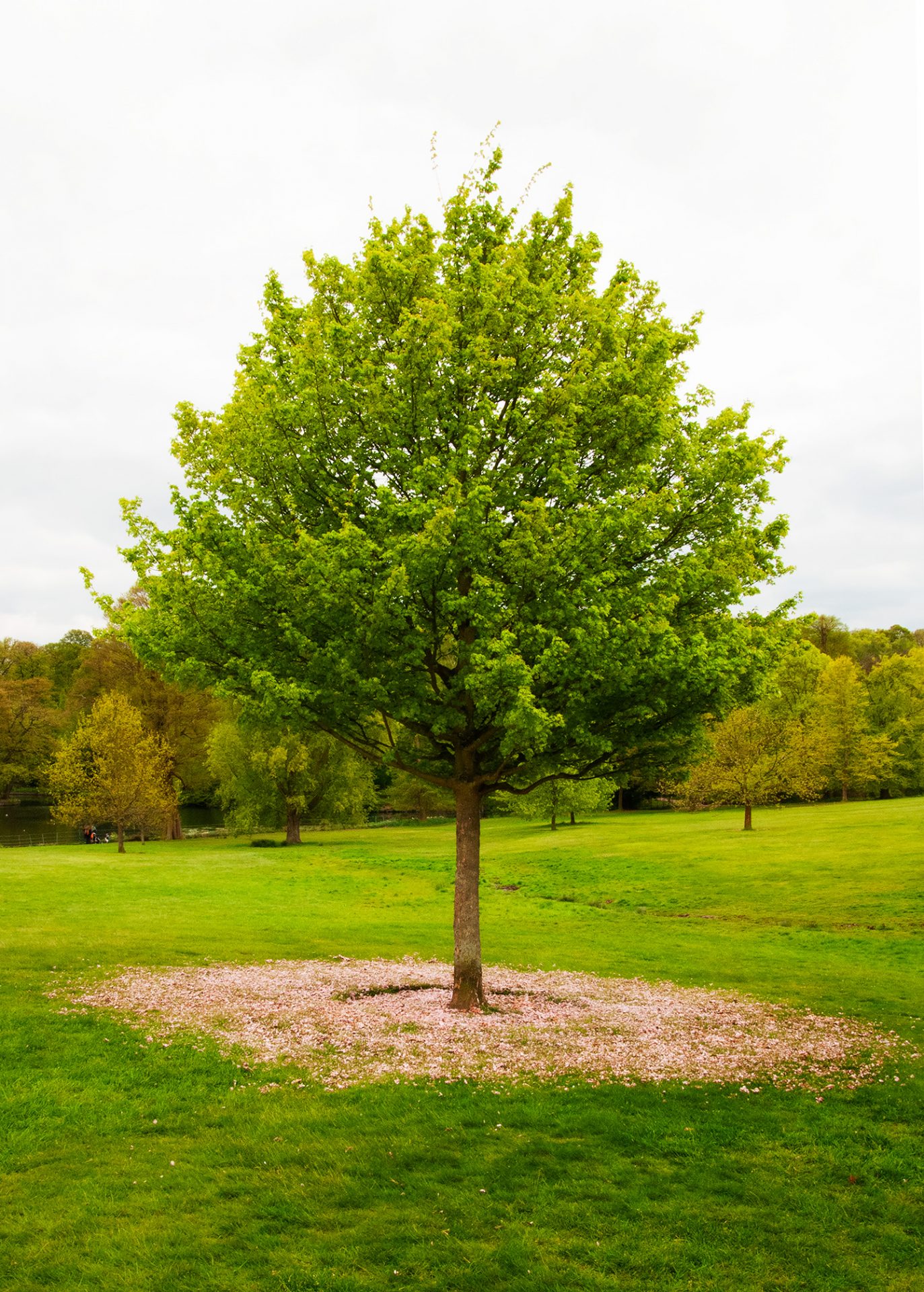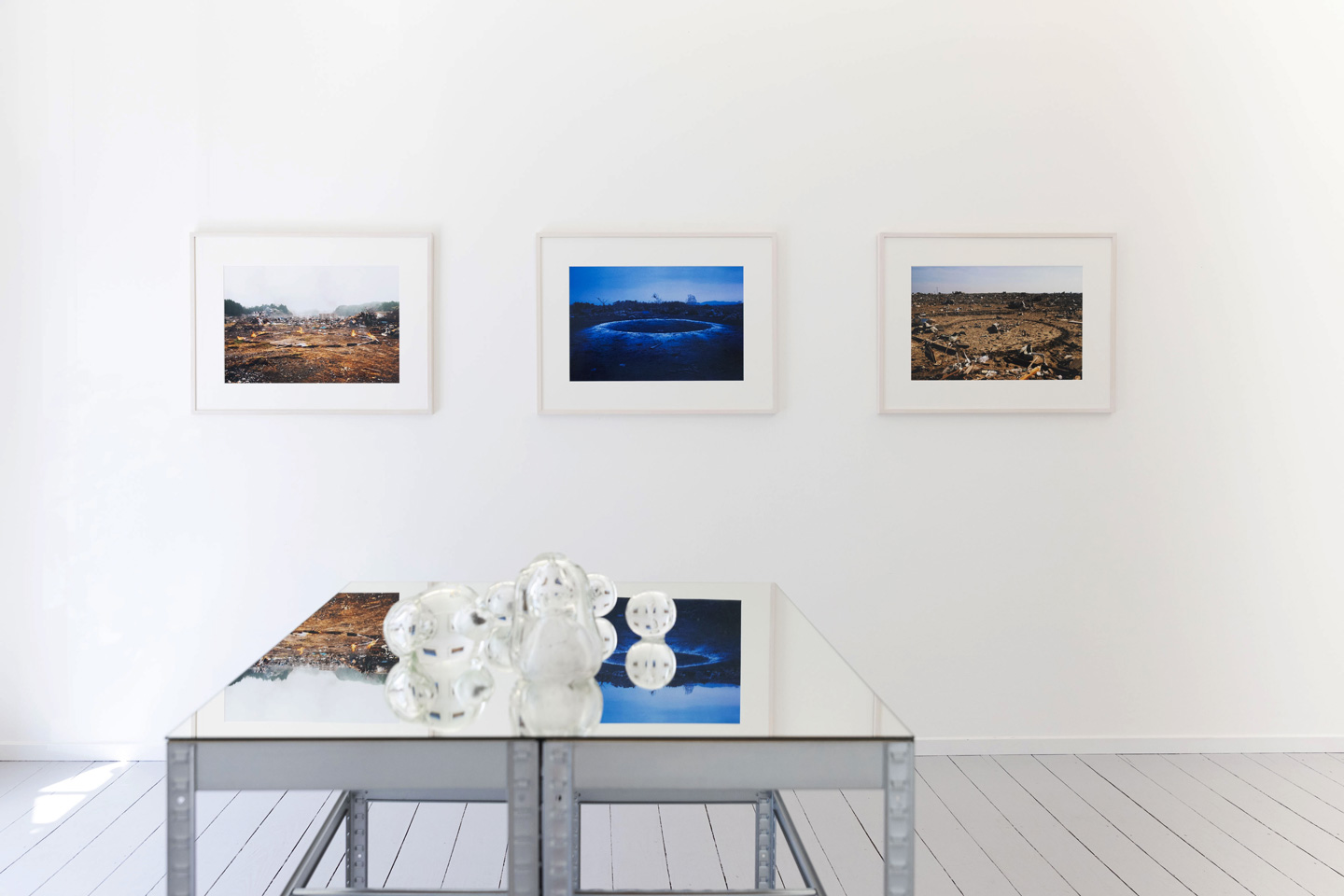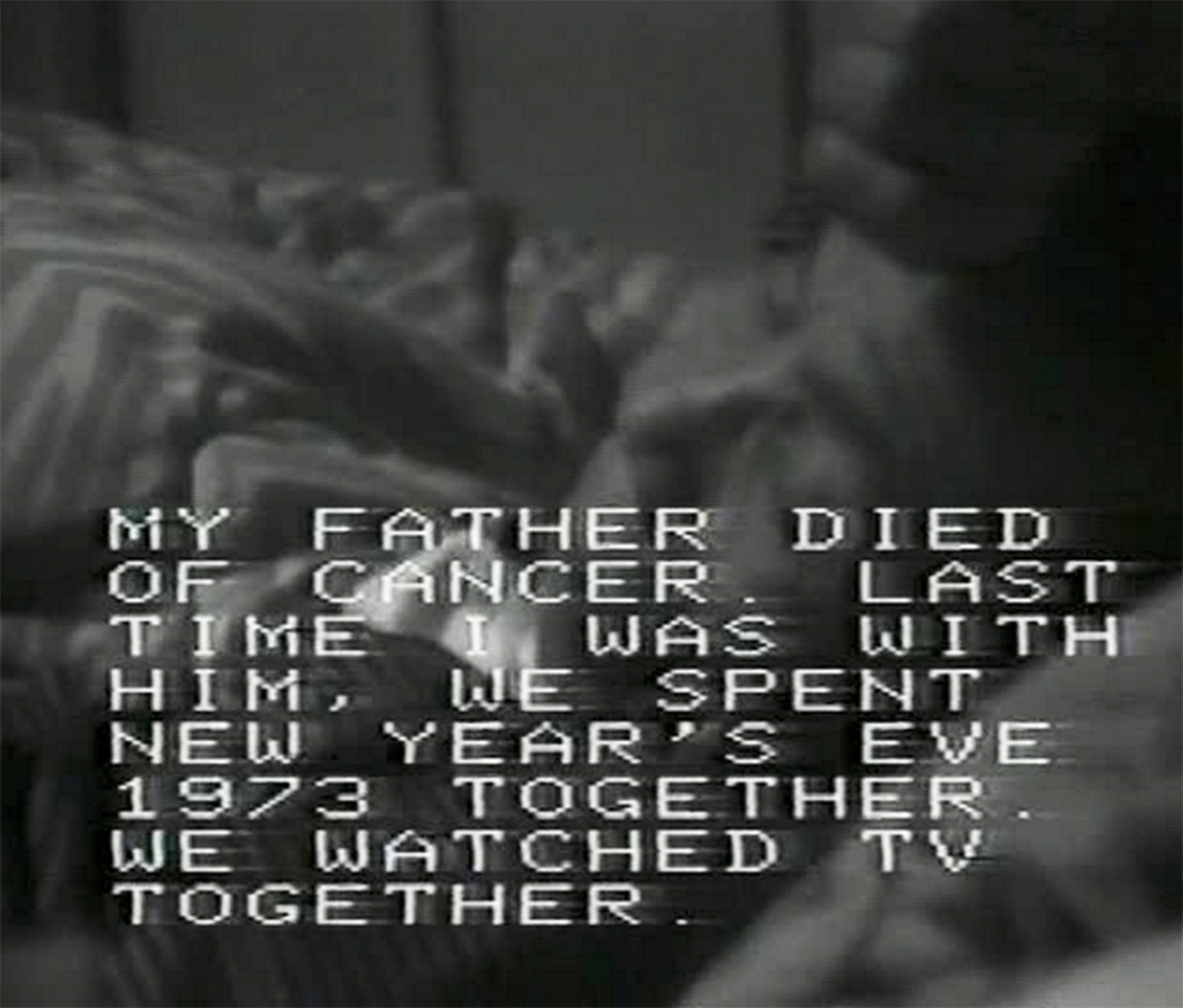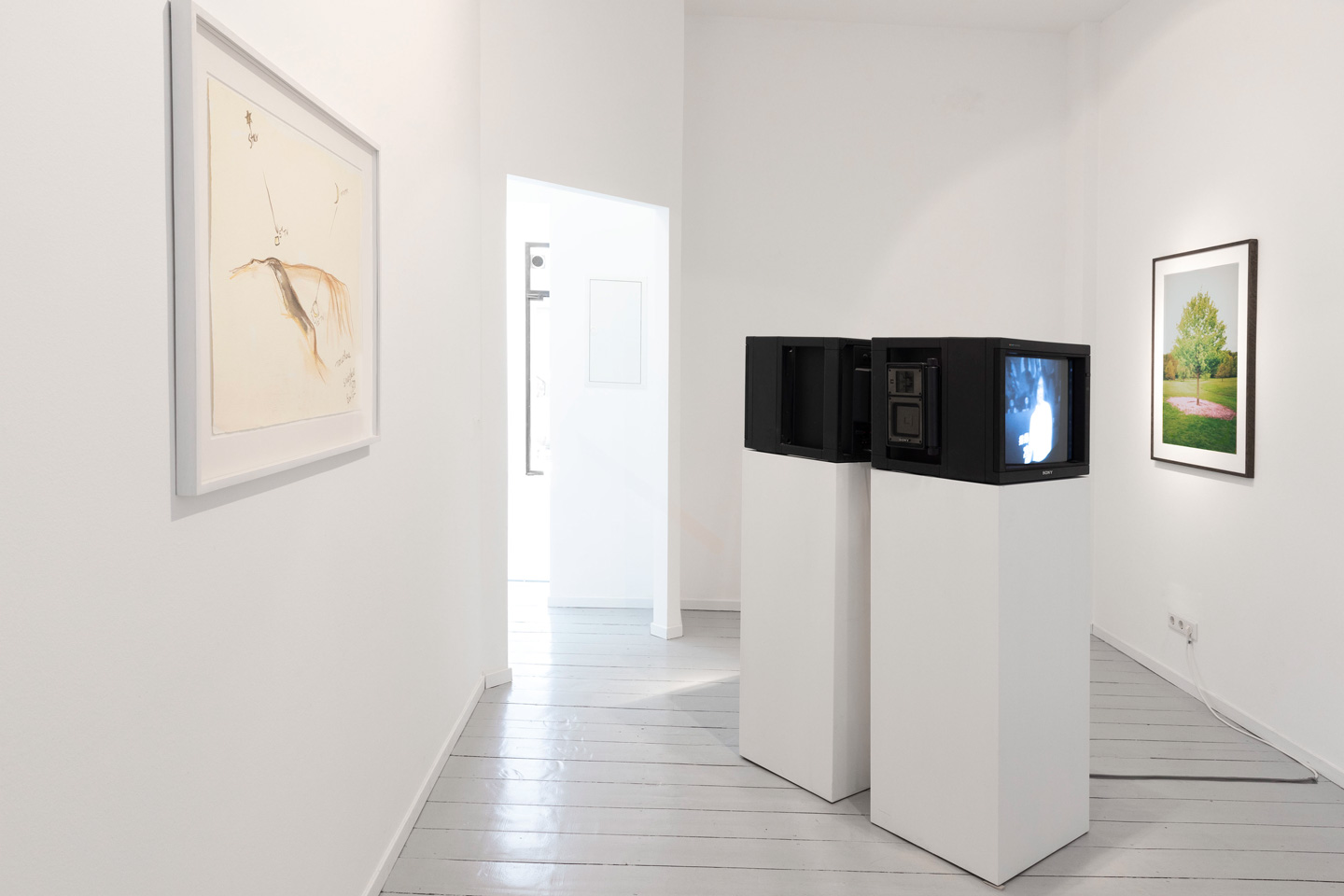We dedicate the 2nd exhibition of „Resonances of DiStances“ to the work of Shigeko Kubota (1937-2015) and Hanae Utamura (1980-).
Both artists are or were inspired by the relationships between nature, technology and the human being – the transfusion of the organic with the artificial. In a poetic yet unsparing manner, the works exhibited at basedonart explore the ephemeral.
Shigeko Kubota is a pioneer of video art. Her work is characterised by great emotional depth and poetic acumen.
From the mid-1960s onwards, Kubota became involved in the New York Fluxus movement around Geoge Macunias. Later she turned to video art. Inspired by her intense encounter with Marcel Duchamp, she developed the first video sculptures and is still considered one of the most important and first representatives of this genre.
Long overshadowed by the fame of her husband Nam June Paik, her artistic legacy is now being appropriately honored at the National Museum of Art, Osaka, the Museum of Contemporary Art, Tokyo and this August at MoMA, New York, among others.
